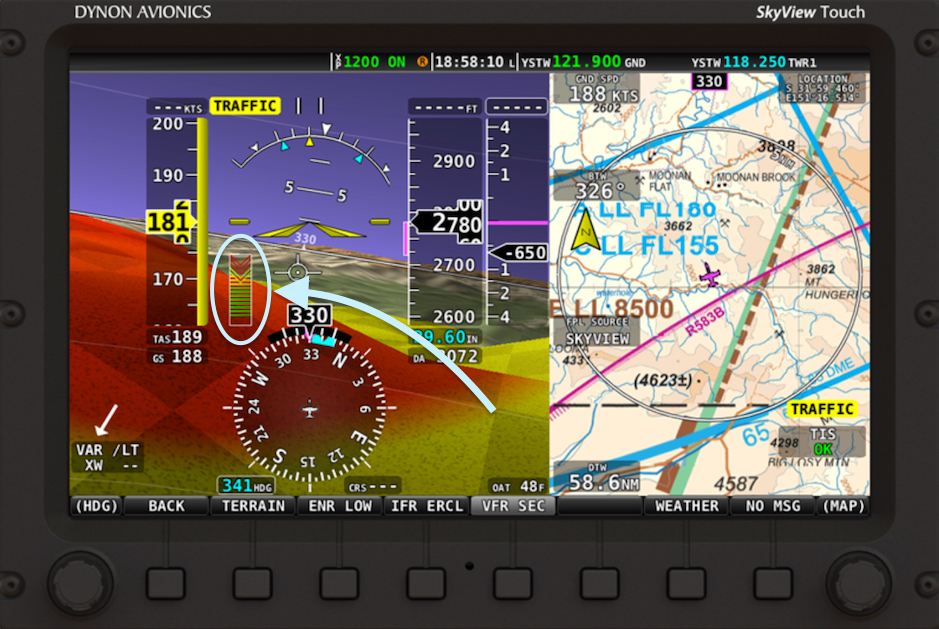All pilots have heard the saying: ‘Airspeed equals life’ and also know that stalling the wing at low level will almost certainly lead to dire consequences, particularly if that happens during the turn onto final approach before landing. In fact, stalling at low level is one of the most common causes of injury and death in light aircraft accidents.
In the past, stall warners have sometimes been fitted to light aircraft to help pilots avoid stalls. Recently, angle of attack (AoA) indicators/meters (which can also give warning of a potential stall) have become all the rage, particularly with the increasing installation of flat panel digital screens, which often have a facility to add this particular readout. I am asked more and more by customers about fitting them to Light Sport Aircraft, including the Foxbat and Vixxen.
Put simply – if all small GA aircraft were fitted with AoA indicators, would this reduce the rate of accidents? After all, military and civil jet pilots in particular seem to be amazed that we in light aircraft are still flying about without AoA indicators.
But what is an AoA?
An AoA indicator system basically measures and shows you the angle the wing is making with the relative direction of the air flowing over it. Amongst other information, high angle of attack = more likely to stall, low angle = less likely. AoAs display information in a variety of (non-standard) ways, which are usually simplified into a green (OK) sector, a yellow (watch out!) sector and a red (ACT NOW!) sector. But what indications require which actions?
Is an AoA really any use in a light sport aircraft?
If you are flying high-G aerobatics or an airliner in the very thin air at FL40, then an AoA is an essential piece of kit. Such pilots have been trained to read, understand and how to act on AoA information. However, at light sport aircraft speeds and heights, an AoA doesn’t really give you any more information than an airspeed indicator. Or a stall warner. It is also strongly arguable that the light sport pilot’s eyes should be focussed outside the cockpit, not peering at an AoA to work out if they are in danger of stalling. As one expert has put it: “For the number of hours typically flown annually by light sport pilots, stick and rudder skills are far more important than learning to interpret and act on AoA readouts”. Like everything else in life – unless you really understand and regularly practice using something, the chances are you won’t use it after a while…
Of course, those marketing AoA systems will try to convince you otherwise. But the reality is that for all practical purposes, in an LSA an AoA indicator tells you no more than the ASI. Spend your money on stall-spin awareness training and it will do you a lot more good.


Fully agree with that Peter – eyes outside !
I was taught a simple rule when learning – “fly the wing”. The practical implementation was this: “When turning at altitude and near cruise speed, apply back pressure when turning to maintain altitude. When turning at low speed near the ground don’t !” In other words, if you find yourself with much bank angle near the ground, unload the wing by releasing back pressure or deliberately pushing the stick forward. There will be a loss of altitude but a controlled one. If you need to raise the nose to climb, level the wings first and hit the power hard. If you don’t have power because you are in a forced landing, level the wings anyway and land in whatever is in front of you, even if it’s ugly ! I suspect it is the psychological difficulty of doing the latter that causes even experienced pilots to continue to die in stall-spin accidents. The more experienced you are, the harder it must be to accept ” oh bother I am about to prang this aeroplane in those bushes instead of that paddock which by my bad planning is just out of reach”
Anyway, looking for a little red slidey thing on a screen full of other info certainly isn’t going to help.
Cheers
AM